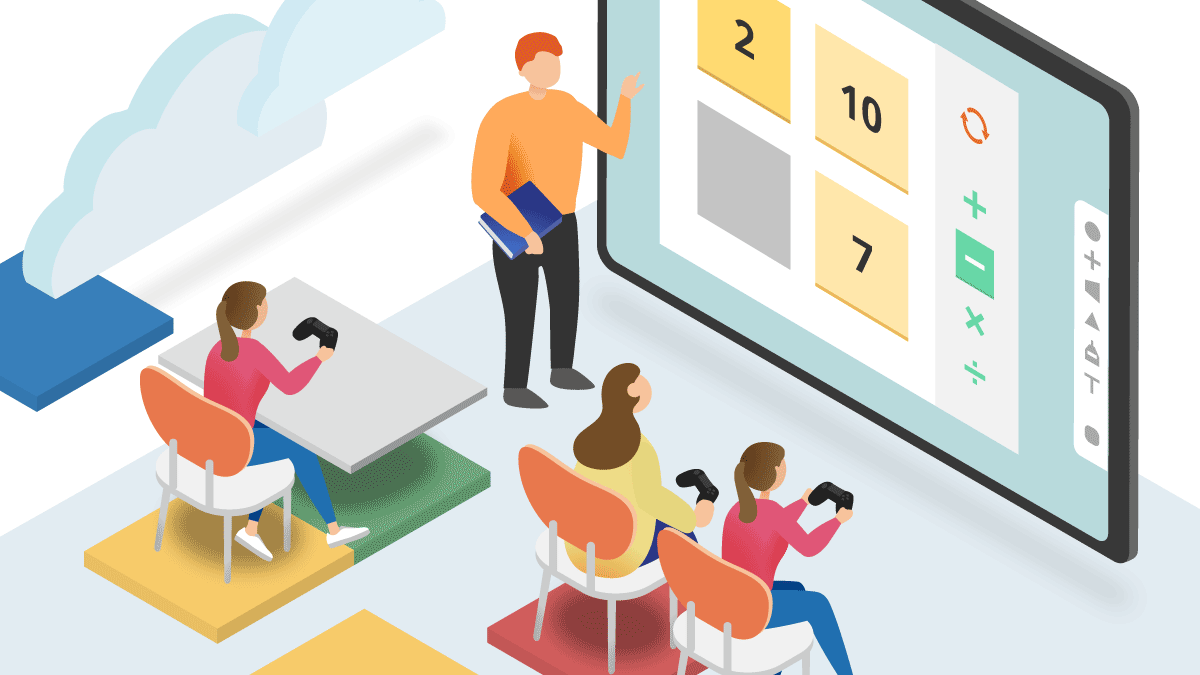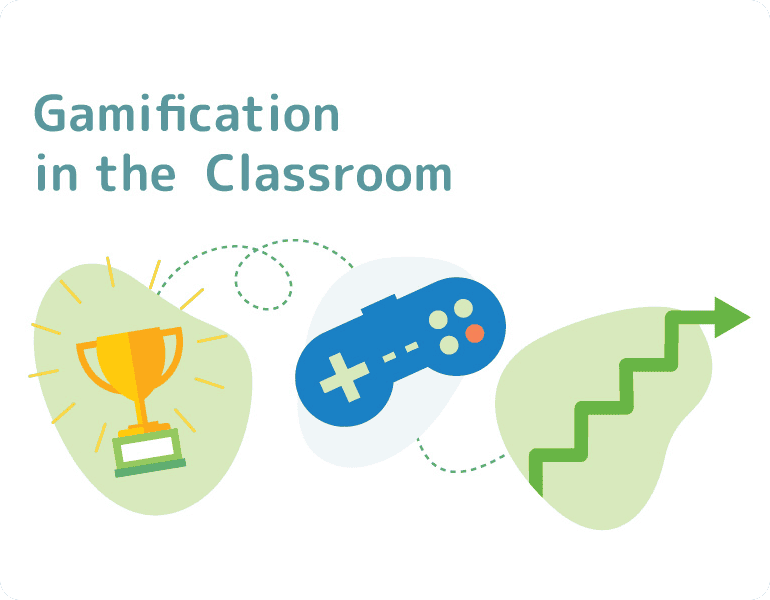Marketing Manager | Posted on | Education
Teaching Students How to Write Using Gamification
0
1516 Views
Have you ever thought about the meaning of this definition? Games are characterized by specific mechanics, dynamics, and frameworks. When people are engaged in games, they don't pay attention to these elements because their full attention is captured by the aspect of entertainment. Still, people of all ages are learning new skills through games. That's what the second part of the above-mentioned definition is all about – promoting desired behaviors.
Through gamification of the teaching process, instructors can teach elementary students different skills and processes. In a gamified learning environment, the students become players and the coursework becomes a game. Through that simple method, educators can solve the most serious problem they face in the classroom: lack of motivation and engagement.

You won't be surprised by this 'big' revelation: students are not interested in writing. Let's be honest: they hate writing assignments. So, how can use gamification to make students fall in love with writing without even knowing that they are practicing it?
The MAIN PROBLEMS WITH WRITING: WHY DON’TSTUDENTSLIKE IT?
First, you need to identify the problem. That’s why we should start from the very beginning: understanding why our students don’t like writing. First of all, teachers tend to make the assignments more complex than necessary. Do you find yourself guilty of that? If that’s the case, you already identified the first issue to solve: the assignments should be clear enough so that every student will have the capacity to complete them. But in case there are any difficulties with tasks or not enough time it might be useful to consider using help with essay writing and professional authors will complete it on time. In addition to the complexity, students face a few other difficulties with academic writing assignments:
- Lack of enthusiasm for writing. They find most of the assignments pretty boring.
- They keep writing for themselves, without bothering to engage a reader with their content.
- The process of research, planning, and writing is hard work. Most students are overwhelmed by the mere idea they have to write a paper.
- Elementary students find it difficult to attach meaning to writing.
- There is no immediate payoff to their writing efforts; there is a delay between the achievement and the award.
With games, all these problems can be solved. Writing becomes less challenging because students perceive it as play. They get enthusiastic about completing the challenge, and they make sure to meet the expectations of the game, so they are not writing for themselves any longer. Since they are not thinking about writing as an abstract concept when the teacher presents it through games, their stories gain meaning. Finally, the games give immediate payoff to their efforts. They know that if they work hard, they will get immediate recognition through the results they achieve.

KEY POINTS OF GAMIFICATION
When you create a game with the purpose to teach your students how to write, you have to set some structure. There are three key points to maintain when introducing a game into the classroom:
- Goal
- Rules
- Feedback System
Goals
Goalsare necessary for adding high levels of enthusiasm to the process. For example, if you present a storytelling game, you can set a very specific goal: show how the characters stay strong through the challenges to achieve what they want.
You need to separate the goals through different levels. Here is an example: each member of the team should develop a sentence, and you will reward points for every sentence. The team should strive for cohesion. When each of them writes a sentence, they will form a paragraph and pass Level 1. Then, they will continue to a higher level, where you'll require them to add complexity to the story, and they will keep on thinking of cohesive sentences that fit into the plot.
The achievements need to be measurable. If you ever played Minecraft, you know the game is related to experience points. Your games also need a total XP value, as well as a minimum XP value for each level. To move forward, your students need to achieve the minimum XP value. You can develop a system based on video game standards: your students start with zero XP value and they make contributions to the story (or any other challenge you have in mind) to level up. Before presenting the game in front of the class, determine the minimum and maximum XP for each quest. When they know the value of the mission, they will strive to achieve better results.
Rulesare the foundation of each game! When you create challenges, quests, and missions for each level of the game, you need to set guiding points and rules that the students shouldn’t break. For example, if you design blogging quests as part of the game, you need to set deadlines and provide your students with creative prompts that will give them starting points. Provide some guidelines for the type of characters you want them to create, and the moral of the story you want them to achieve.
Feedback System – you need it because your students want to get immediate results when they play a game. You can separate the class into teams and draw a huge chart on the blackboard – that's where you will note down the results, so your students will be challenged to beat the competition.
Have you ever played Guild Wars? It's a competitive online game that requires the players to act through guilds – virtual teams with their chat channels. The members of a guild work together to achieve a common goal – beat the competition. You can create guild missions for the different teams in the classroom and request all members to participate. Then, the members of one guild will share the final score their group achieves. Everyone will be responsible for the rest of the group, so they will take these writing challenges very seriously.
INSTRUMENTS THAT WILL HELP YOU IMPLEMENT GAMIFICATION IN THE WRITING PROCESS
You will need different tools to measure your students’ achievements and immediately showcase the results of their efforts. Try some of these:
- Socrative – a tool that allows you to use real-time questioning and present the results in a visually-appealing way. You can design specific assessments according to the reward system you develop, and your students will see the reports in real-time.
- ClassBadges – a free tool that lets you award badges to your students. Experience points are cool and everyone loves getting more of them, but a badge is something else. It's actual proof of their achievements, and it can come in many forms.
Conclusion
Games are really fun for the students, so you can use them to make even the most complex learning and writing processes more engaging and less challenging. However, you need to follow some rules to make the gamification system successful. Try to develop your method through the tips provided above, and don’t forget to share your impressions.
